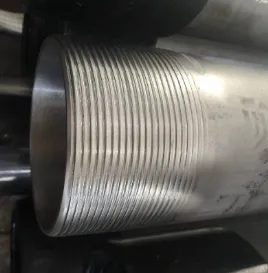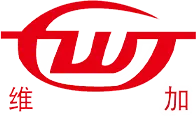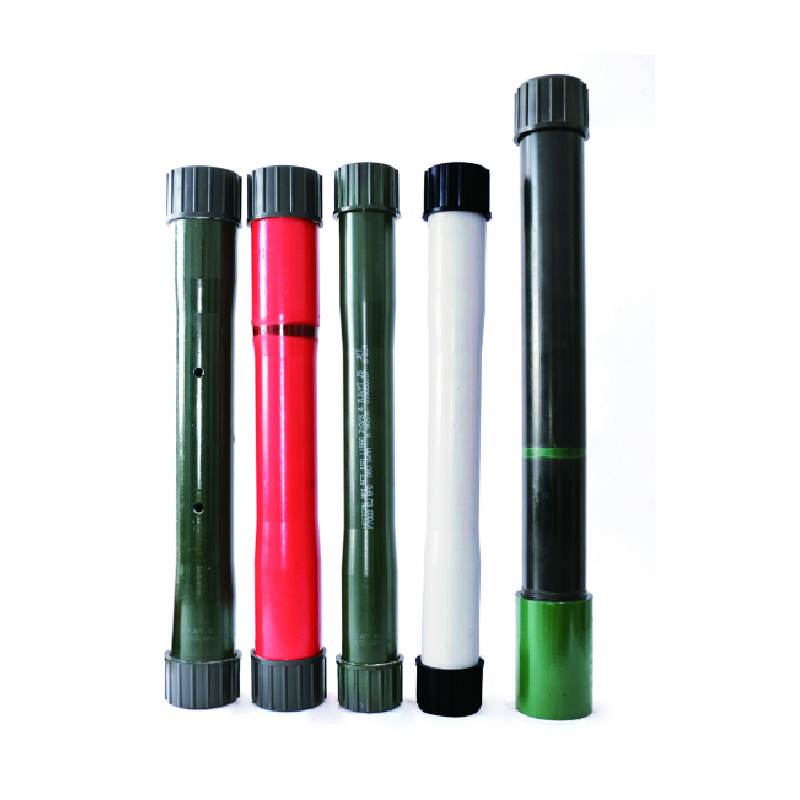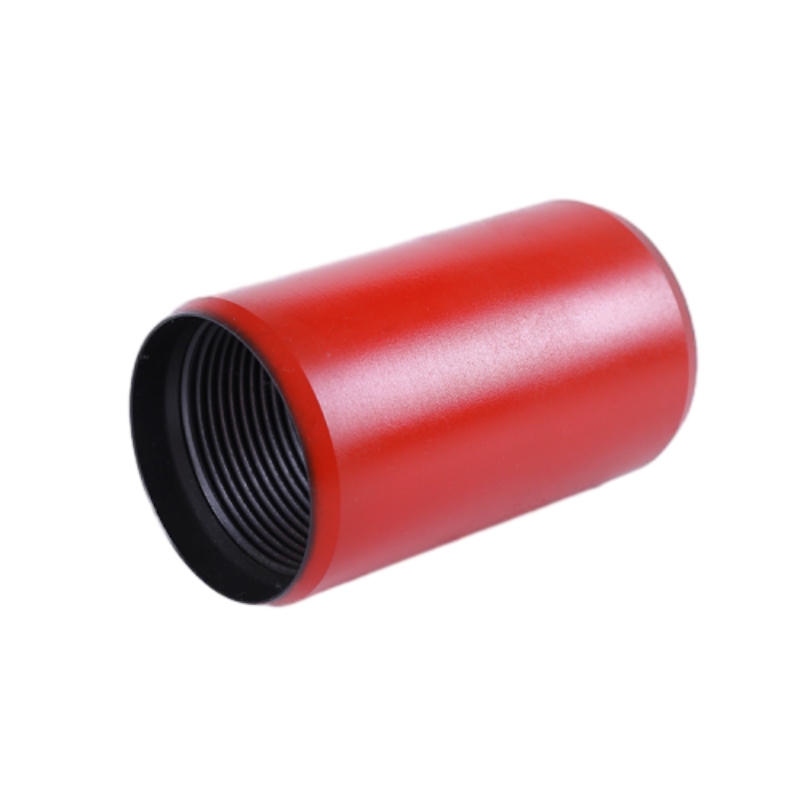- Afrikaans
- Albanian
- Amharic
- Arabic
- Armenian
- Azerbaijani
- Basque
- Belarusian
- Bengali
- Bosnian
- Bulgarian
- Catalan
- Cebuano
- Corsican
- Croatian
- Czech
- Danish
- Dutch
- Angličtina
- Esperanto
- Estonian
- Finnish
- French
- Frisian
- Galician
- Georgian
- German
- Greek
- Gujarati
- Haitian Creole
- hausa
- hawaiian
- Hebrew
- Hindi
- Miao
- Hungarian
- Icelandic
- igbo
- Indonesian
- irish
- Italian
- Japanese
- Javanese
- Kannada
- kazakh
- Khmer
- Rwandese
- Korean
- Kurdish
- Kyrgyz
- Lao
- Latin
- Latvian
- Lithuanian
- Luxembourgish
- Macedonian
- Malgashi
- Malay
- Malayalam
- Maltese
- Maori
- Marathi
- Mongolian
- Myanmar
- Nepali
- Norwegian
- Norwegian
- Occitan
- Pashto
- Persian
- Polish
- Portuguese
- Punjabi
- Romanian
- Russian
- Samoan
- Scottish Gaelic
- Serbian
- Sesotho
- Shona
- Sindhi
- Sinhala
- Slovak
- Slovenian
- Somali
- Spanish
- Sundanese
- Swahili
- Swedish
- Tagalog
- Tajik
- Tamil
- Tatar
- Telugu
- Thai
- Turkish
- Turkmen
- Ukrainian
- Urdu
- Uighur
- Uzbek
- Vietnamese
- Welsh
- Bantu
- Yiddish
- Yoruba
- Zulu
Tubing and Casing: Essential Components in Oil and Gas Production
In the oil and gas industry, two critical components play an essential role in the extraction process: tubing and casing. These vital materials ensure that wells can operate efficiently while maintaining safety and integrity throughout the production lifecycle. In this article, we will explore the intricacies of tubing and casing, highlighting the importance of API tubing and casing charts and discussing what differentiates them.

What is the Difference Between Casing and Tubing?
To understand the specifics of tubing and casing, one must first grasp their distinct functions in a well.
Casing refers to the steel pipe that is inserted into the wellbore to provide structural integrity and support. It acts as a barrier to prevent the collapse of the borehole, protecting the well from external pressures as well as keeping contaminants and fluids from entering the well environment. Casing is typically installed in stages and cemented in place to ensure a stable and durable primary seal.
API standards govern casing specifications, ensuring that they meet rigorous quality requirements suited for various environmental conditions. API casing is marked with certain grades that determine its strength and application. Common grades include K55, J55, N80, and P110 among others.
On the other hand, tubing is the pipe that transports the hydrocarbons from the well to the surface and into the processing facilities. It runs inside the casing and is installed once the casing is in place. Tubing must be leak-proof and capable of withstanding the pressures involved in production, which can be quite significant depending on the reservoir conditions.
Unlike casing, tubing is not cemented in place. Instead, it can be removed and replaced if needed, which provides flexibility during the extraction process. Just like casing, tubing is manufactured according to API specifications, and operators often refer to API tubing and casing charts to facilitate the selection of the right materials for their projects.
By understanding the distinct roles of casing and tubing, oil and gas operators can make informed decisions improving the efficiency and safety of their drilling operations.
API Tubing and Casing Chart: An Indispensable Tool
The API tubing and casing chart is a comprehensive reference that guides drilling engineers and technicians in selecting the appropriate casing and tubing for various applications. It outlines pertinent details such as dimensions, weights, grades, and specifications.
Utilizing this chart is essential for maintaining compliance with industry standards while ensuring that operators choose products that can withstand specific environmental conditions.
Hengshui Weijia Petroleum Equipment Manufacturing Co., Ltd. provides high-quality tubing and casing options that conform to API standards. Their products are rigorously tested for quality, ensuring that every piece of equipment meets the expectations of safety and reliability. When looking for trusted provisions in tubing and casing, Hengshui Weijia stands out for its dedication to quality and strict adherence to API guidelines.
Well Tubing and Casing: Ensuring Operational Efficiency
Successful oil and gas extraction hinges upon the effective integration of well tubing and casing. These components not only ensure structural reliability but also optimize production flow. Casing maintains well integrity through its strong support, while tubing is designed to transport media efficiently from the well to processing sites.
When considering well design, operators must analyze reservoir conditions, surface equipment compatibility, and long-term objectives. Correctly determining the type, size, and grade of casing and tubing is vital to the overall design and operation of the well.
With its commitment to quality and innovation, Hengshui Weijia Petroleum Equipment Manufacturing Co., Ltd. offers a range of quality tubing and casing options suited for diverse operational needs. By selecting the best materials for each project, operators can significantly enhance not only efficiency but also safety standards during drilling operations.
Benefits of Quality Tubing and Casing
Investing in high-quality tubing and casing materials can yield numerous benefits to operators and drilling contractors, including:
- Enhanced Durability: API-compliant products are rigorously tested, providing the assurance that they can withstand harsh conditions, adverse environments, and fluctuating pressures.
- Increased Safety: Reliable tubing and casingsignificantly reduce the risk of leaks and blowouts, thereby ensuring the safety of personnel and equipment on-site.
- Improved Performance: High-performance tubing and casing, like those from Hengshui Weijia, maximize operational efficiency and streamline production, ultimately boosting profitability.
- Cost-Effectiveness: While the initial investment may be higher, quality materials reduce long-term maintenance costs and the need for frequent replacements.
In essence, choosing top-tier tubing and casing is not merely a necessity but a strategic business decision that can impact overall operational success.
Tubing and Casing FAQs
What is the primary purpose of casing in a well?
A1: Casing provides structural integrity, ensuring that the borehole does not collapse and preventing contamination from outside fluids and gases.
2.How does tubing differ from casing?
A2: Tubing is used specifically for transporting hydrocarbons from the well, while casing serves to stabilize the wellbore. Tubing can be removed and replaced as needed, whereas casing is cemented in place.
3.Why is an API tubing and casing chart essential?
A3: The API tubing and casing chart provides vital specifications such as dimensions, weights, and grades, helping operators select the appropriate materials that meet regulatory standards.
4.What are the benefits of using high-quality tubing and casing?
A4: High-quality tubing and casing enhance durability, safety, performance, and overall cost-effectiveness, ultimately leading to improved operational success.
How does Hengshui Weijia ensure the quality of its tubing and casing?
A5: Hengshui Weijia adheres to strict API standards, rigorously testing all its products to guarantee that they meet the required quality and safety guidelines.
In summary, tubing and casing serve indispensable roles in the oil and gas extraction process. By partnering with trusted manufacturers like Hengshui Weijia Petroleum Equipment Manufacturing Co., Ltd., operators can align their operations with industry standards, ensuring enhanced safety and performance throughout the lifecycle of their wells.
-
Tubing Crossover - API Compatible, Custom Sizes, In StockZprávyNov.10,2025
-
Tubing Coupling | High-Strength, Leak-Proof Steel CouplingsZprávyNov.10,2025
-
Wholesale API Threading Casing Coupling | API 5CT, Fast ShipZprávyNov.10,2025
-
Pup Joint Supplier | API Certified, Custom, Quick ShipZprávyNov.10,2025
-
Pup Joint Manufacturers | Precision Machined, Fast DeliveryZprávyNov.10,2025
-
Tubing Coupling | Precision Steel, Leak-Proof, Fast DeliveryZprávyNov.03,2025







